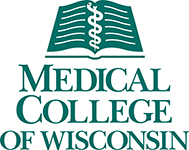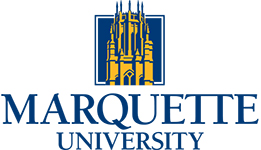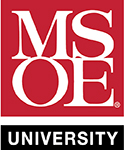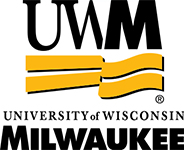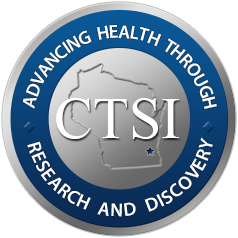A comparison of allogeneic and autologous bone marrow transplantation for lymphoblastic lymphoma. Blood 2003 Apr 01;101(7):2476-82
Date
11/29/2002Pubmed ID
12456505DOI
10.1182/blood-2002-05-1483Scopus ID
2-s2.0-0038446692 (requires institutional sign-in at Scopus site) 142 CitationsAbstract
Lymphoblastic lymphoma (LBL) is a rare, clinically aggressive neoplasm of the young that frequently involves the bone marrow (BM) and/or central nervous system. Because LBL is similar to acute lymphoblastic leukemia, some centers prefer allogeneic hematopoietic stem cell (SC) transplantation to autologous SC transplantation. We retrospectively analyzed outcomes for patients who underwent autologous (auto, n = 128) or HLA-identical sibling (allo, n = 76) SC transplantations from 1989 to 1998 and were reported to International Bone Marrow Transplant Registry (IBMTR) or Autologous Blood and Marrow Transplant Registry (ABMTR). Allo stem cell transplant (SCT) recipients had higher treatment-related mortality (TRM) at 6 months (18% versus 3%, P =.002), and this disadvantage persisted at 1 and 5 years. Early relapse rates after alloSC transplantation and autoSC transplantation were similar, but significantly lower relapse rates were observed in alloSCT recipients at 1 and 5 years (32% versus 46%, P =.05; and 34% versus 56%, P =.004, respectively). No differences were noted in lymphoma-free survival rates between alloSC transplantations and autoSC transplantations (5-year rates 36% versus 39%, P =.82). AutoSCT recipients had higher overall survival at 6 months (75% versus 59%, P =.01), but survival did not significantly differ between the 2 groups at 1 and 5 years (60% versus 49%, P =.09; 44% versus 39%, P =.47, respectively). Multivariate analyses to account for confounding factors confirmed these results. Independent of SCT type, BM involvement at the time of transplantation and disease status more advanced than first complete remission were associated with inferior outcomes. In summary, alloSC transplantation for LBL is associated with fewer relapses than with autoSC transplantation, but higher TRM offsets any potential survival benefit.
Author List
Levine JE, Harris RE, Loberiza FR Jr, Armitage JO, Vose JM, Van Besien K, Lazarus HM, Horowitz MM, Bashey A, Bolwell BJ, Burns LJ, Cairo MS, Champlin RE, Freytes CO, Gibson J, Goldstein SC, Laughlin MJ, Lister J, Marks DI, Maziarz RT, Miller AM, Milone GA, Pavlovsky S, Pecora AL, Rizzo JD, Schiller G, Schouten HC, Zhang MJ, Lymphoma Study Writing Committee, International Bone Marrow Transplant Registry and Autologous Blood and Marrow Transplant RegistryAuthors
Mary M. Horowitz MD, MS Professor in the Medicine department at Medical College of WisconsinJ. Douglas Rizzo MD, MS Director, Center Associate Director, Professor in the Medicine department at Medical College of Wisconsin
MESH terms used to index this publication - Major topics in bold
AdolescentAdult
Bone Marrow Transplantation
Child
Child, Preschool
Data Collection
Disease-Free Survival
Female
Hematopoietic Stem Cell Transplantation
Humans
Male
Middle Aged
Precursor Cell Lymphoblastic Leukemia-Lymphoma
Recurrence
Retrospective Studies
Survival Rate
Transplantation, Autologous
Transplantation, Homologous
Transplantation, Isogeneic
Treatment Outcome




